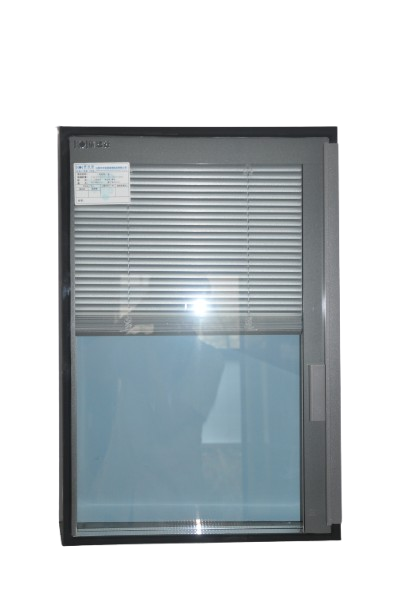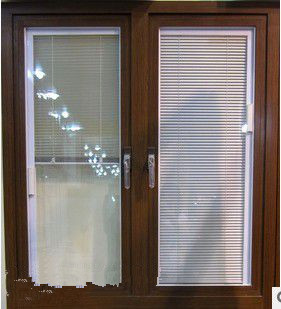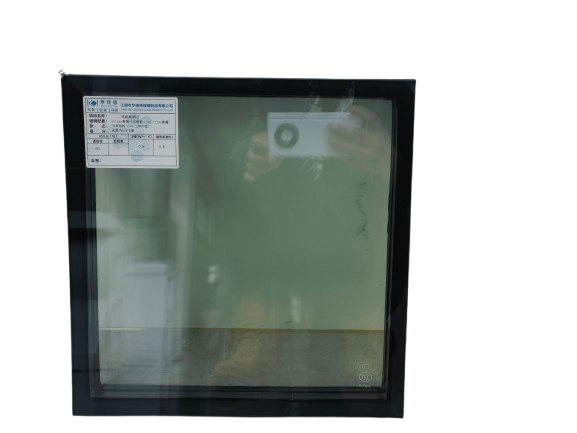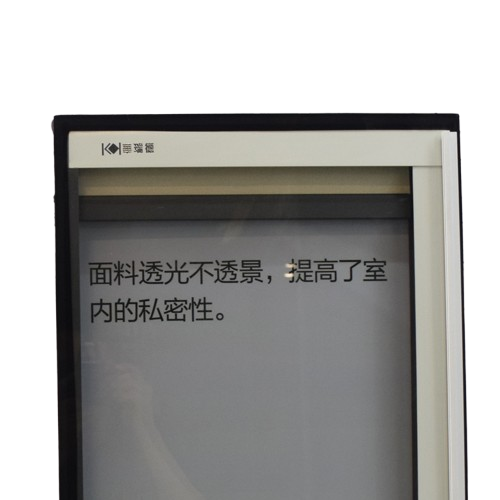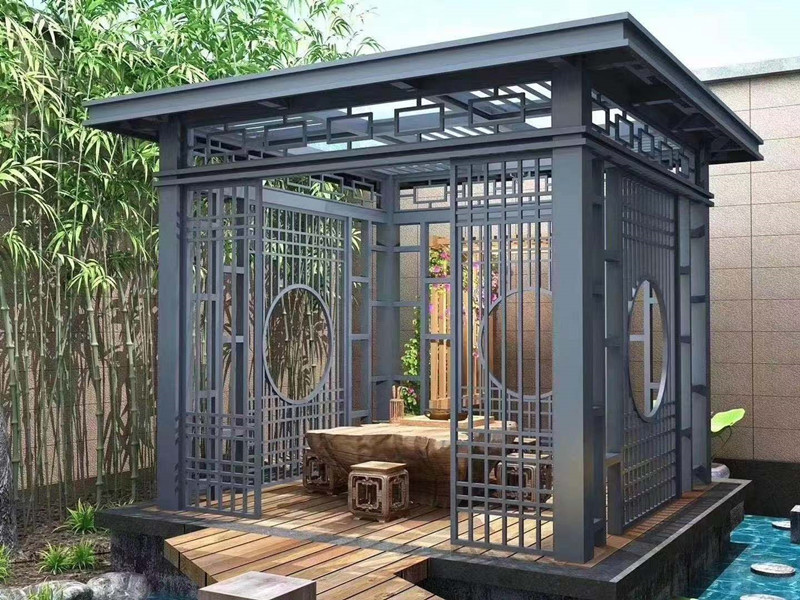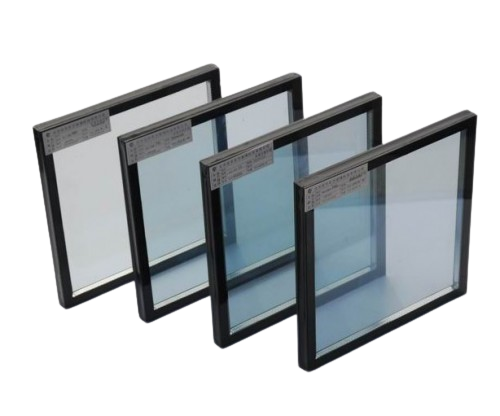Product features and characteristics
Temperature-sensitive photochromic dimming glass is a smart glass that controls or adjusts the transmittance of ultraviolet light, visible light and infrared light by the dual conditions of ambient temperature and solar radiation intensity. When the ambient temperature rises and the solar radiation intensity is strong, the glass changes from transparent to opaque; when the ambient temperature drops and the solar radiation is weak, the glass changes from opaque to transparent. Therefore, temperature-sensitive photochromic dimming glass can play the role of sunshade and heat insulation in late spring, summer and early autumn, and lighting and energy replenishment in early spring, winter and late autumn.
The color change temperature point of the glass can be designed according to different regions, and can be selected between 20 degrees and 60 degrees; the transmittance and visibility of the glass after color change can be designed according to different usage functions.
1. Automatically adjust the intensity of sunlight
2. Eliminate the red heat of indoor sunlight in summer
3. Adjust the glare of indoor visible light in summer while shading the sun, while still maintaining the brightness of the room
4. Soft and cool indoor light
5. High light transmittance in winter, can be used for light replenishment
6. Significantly improve the comfort of living
7. Reduce the operating costs of air conditioners
8. Intelligent adjustment, highlighting the technology and personalization of modern buildings
9. Various glass combinations can be built to form integrated sunshade glass
10. Simple to make and install, no need for later maintenance
Product Advantages
✔Intelligent: Automatically adjust the glass shading coefficient according to the temperature and the radiation intensity of the sun's rays.
✔Thermal insulation: After the glass is heated up by the sun and reaches the temperature change point, the glass changes color to block infrared.
✔Transparency: When the glass temperature is lower than the temperature change point, it has good visible light transmittance.
✔Shading: Eliminate the hot feeling of indoor sunlight in summer and adjust the glare of indoor visible light.
✔Green energy saving: Reduce energy consumption for cooling in summer and heating in winter, greatly reduce the emission of smoke and greenhouse gases such as CO and CO2 generated by the combustion of coal, gas and diesel.
Performance Indicators
| Transparent | Transparent | Opaque |
|---|---|---|
| UV transmittance % | <20 | <1 |
| Visible light transmittance% | >80 | 2-15 |
| Infrared transmittance% | >50 | <5 |
| Shading coefficient | >0.6 | <0.25 |
| High temperature resistance(℃) | 85 | |
| Low temperature resistance (℃) | -10 | |
| Durability (years) | 20 | |
| Minimum thickness of single glass (mm) | 5 | |
| Maximum thickness of single glass (mm) | 10 | |
| Glass product minimum (mm) | 300*300 | |
| Glass product maximum (mm) | 1500*1800 | |
Product color

Product Category
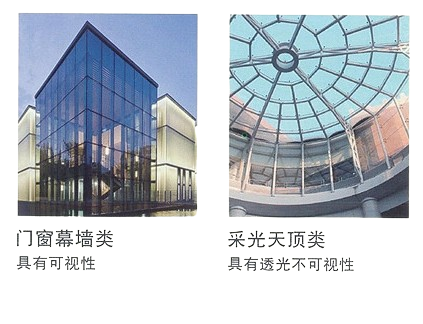
Let’s talk about it
- WhatsAppWhatsApp:86-13917973112
- Call UsCall Us:86-15152281980



